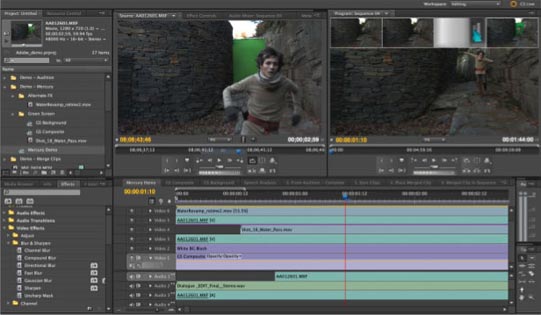


According to the Engel postoperative classification of seizure outcome, 60% of cases were in Class I, 74% had significant improvement (Classes I–III), and 26% were unchanged (mean follow up 31.9 ± 20.6 months). Transient postoperative neurological deficits were observed in 13 patients, and permanent anticipated visual field defects occurred in seven patients. They consisted of cortical removal in seven cases, removal of the lesion and epileptogenic cortex in 26 cases, and lesion removal in two cases.

Resections of the epileptogenic zone were performed according to results of stereo-EEG recordings. One untoward event consisted of intracranial breakage of an electrode. The stereo-EEG monitoring enabled recording of 826 seizures (mean 22 ± 45 per procedure) and mapping of critically functional areas. A total of 426 electrodes were implanted (mean 11.5 ± 2.6 per procedure) according to individualized arrangements. Kappen, P Eltze, C Tisdall, M Cross, JH Thornton, R. Investigations prior to stereo-EEG monitoring, including magnetic resonance imaging and video-EEG of the scalp, revealed variable patterns of localizing incoherence among clinical, electrophysiological, and anatomical findings in all cases. Stereo-EEG exploration in the insula/operculum in paediatric patients with refractory epilepsy. Two children underwent exploration twice. Thirty-five children (24 boys and 11 girls mean age 8.8 ± 3.9 years mean age at seizure onset 2.1 ± 2.2 years) underwent 37 tailored stereotactic placements of intracerebral, multilead electrodes for intensive monitoring of seizures (stereo-EEG).


 0 kommentar(er)
0 kommentar(er)
